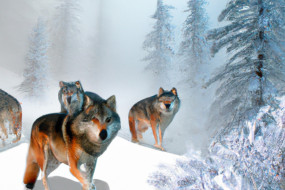
Penguins are fascinating creatures, known for their waddling gait and adorable behavior. However, there's more to them than meets the eye. In this article, we dive deep into the breeding habits of penguins and explore the intricacies of their reproductive process.
Penguin Breeding Seasons
Different species of penguins have distinct breeding seasons. Most of them breed during the summer months in Antarctica, South Africa, Australia, and New Zealand. However, some species, such as the Galapagos penguin, breed all year round.
Choosing Mates
Penguins are monogamous birds, meaning they pair up with a partner for life. They have a unique way of finding their mate, which involves elaborate courtship rituals. For instance, male penguins will woo their potential mate by presenting them with stones or offering them food.
Nesting and Egg-Laying
After finding a mate, penguins begin building their nest. They use rocks, twigs, and guano to create a cozy space for their eggs. Penguins typically lay one or two eggs, which both parents take turns incubating. This process can take anywhere from 30 to 60 days, depending on the species.
Raising Chicks
Once the chicks hatch, the parents take turns feeding and caring for them. Penguins produce a special milk-like substance called 'crop milk,' which they regurgitate to feed their offspring. The chicks stay with their parents for several months until they are strong enough to fend for themselves.
Challenges and Threats
Unfortunately, penguins face numerous threats to their survival, including climate change, overfishing, and pollution. As their habitat continues to shrink, it's becoming increasingly difficult for them to find suitable breeding grounds. It's important that we take steps to protect these incredible creatures and ensure their survival.
















